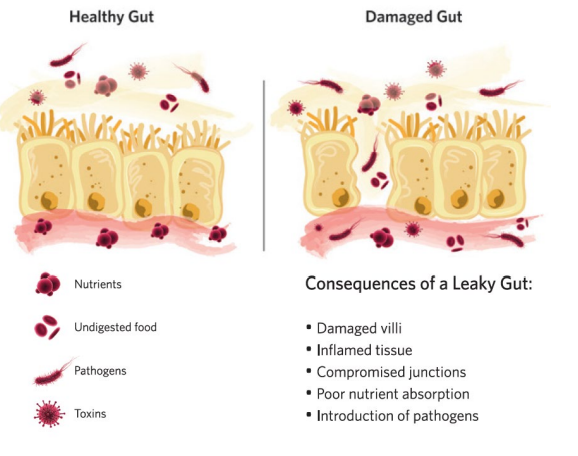Nutrition Can Help Cattle With Heat Stress

The imminent summer season means the animals in your care will be at risk of suffering from heat stress. It can have multiple effects on cattle, particularly stocker cattle, as they are in their growing phase and may not have been preconditioned to summer heat.
As weaned calves transition into the stocker phase, environmental heat further exacerbates the increase
in metabolic heat coming from greater fermentation activity in the rumen. These compounding heat-related stressors result in lower intakes, which in turn negatively impact weight gain and health and make it difficult, if not impossible, to achieve growth targets at market age.
According to the USDA, economic losses associated with heat stress originate from three primary factors including decreased performance, increased mortality, and decreased reproduction (St-Pierre et al., 2003). When losses are summarized for the United States over an entire summer season, the average estimated losses over all livestock species are US $2.4 billion, and US $369 million is associated with feedlot cattle.
How Probiotics Can Help
This is where science-based, research-proven probiotics can help. Probiotics fit well into an effective feeding strategy that can be implemented in conjunction with infrastructure considerations to combat the high cost of heat stress. According to The World Health Organization probiotics are “live microorganisms which when administered in adequate amounts confer a health benefit on the host.” In order to be labeled a probiotic, scientific evidence for the health benefit must be documented.
“The main benefits of probiotics within the rumen are to remove oxygen and, in doing so, encourage an increase in cellulytic bacteria and lactic acid utilizers while reducing lactic acid producers and helping stabilize pH,” says David Ledgerwood, technical services manager at Chr. Hansen.

In the lower GIT,
probiotics have the ability to compete with enteric pathogens, increase the digestibility of the feed through effective enzyme production, enhance mucosal immunity, and improve tight
junction protein function which help alleviate leaky gut syndrome.
Some of the most commonly used bacteria as probiotics are Lactobacilli (also known as lactic acid bacteria (LAB)), Bacilli (hardy spore forming bacteria with tremendous stability and lower GIT function), and Saccharomyces cerevisiae (live yeast that can support normal rumen function).
According to Ledgerwood, “To help cattle before, during, and after the hot season, we would recommend the use of a combination of effective probiotic bacteria and live yeast. Our best product choices are Bovamine Defend, a combination of two highly selected bacterial strains, Lactobacillus animalis LA-51 and Propionibacterium freudenreichii PF-24, and Biomate YC-20 (a live yeast). This combination helps support the normal integrity and function of the rumen and lower GIT by reducing heat stress induced oxidative pressure; thereby minimizing health and financial losses associated with heat stress.”
Did you know? The USDA has an app to monitor heat stress:
Google: https://play.google.com/store/apps/details?id=com.hollmanmedia.heatstress&hl=en
Apple: https://apps.apple.com/us/app/heat-stress/id981604226







